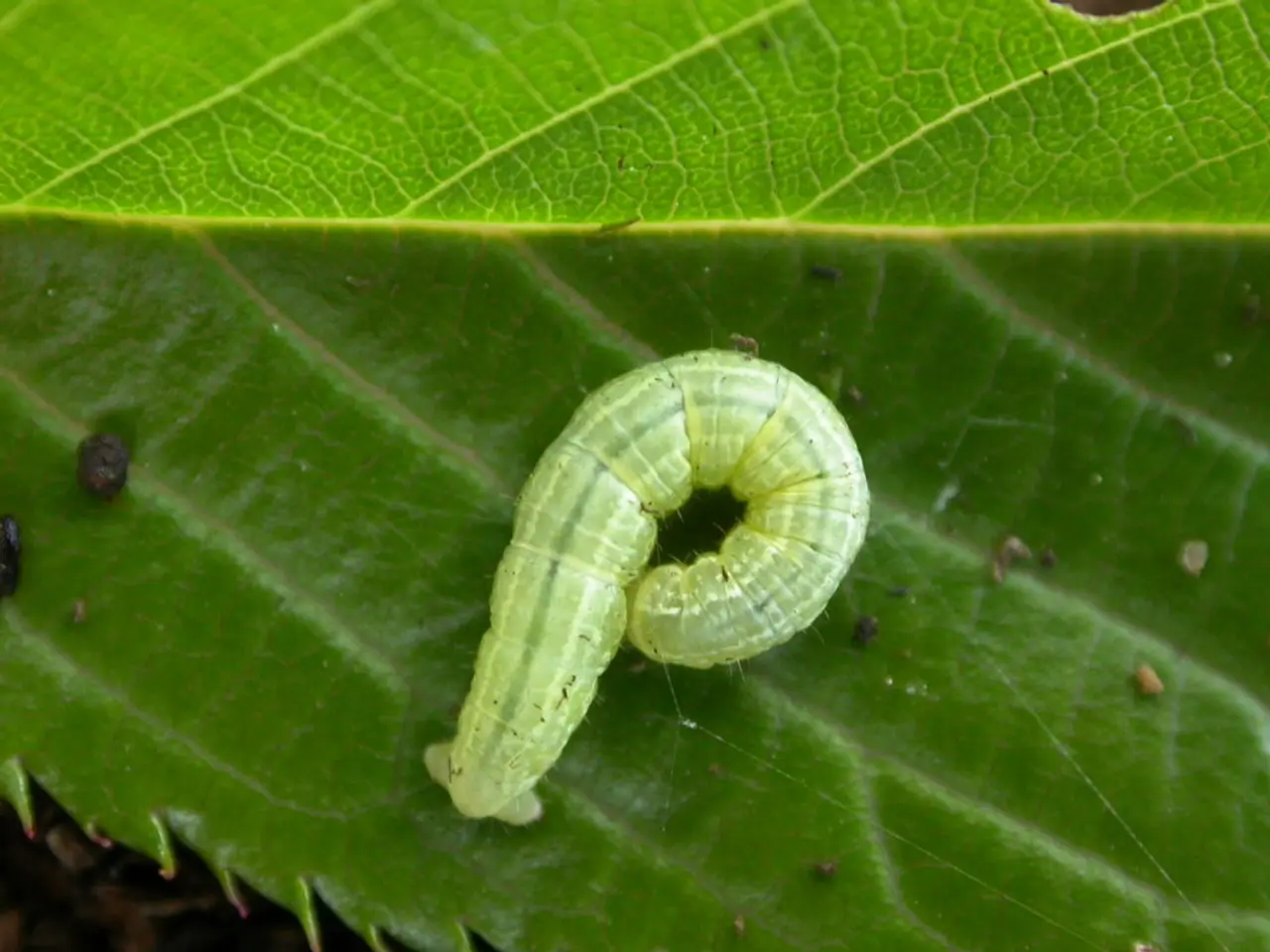Spread of a new tick species in Switzerland - crucial information you should be aware of
In the picturesque landscapes of Switzerland, a new threat has been on the rise - the Hyalomma tick. Originally hailing from Africa and the Mediterranean, these large, invasive ticks have been spreading further across the country since their first detection in 2018 [1].
Unlike native ticks, Hyalomma actively hunt their hosts rather than waiting passively [1]. As of summer 2025, they are found in various regions of Switzerland, particularly in fields and hills, having likely arrived via migratory birds. The pathogens that the Hyalomma tick carries should not be underestimated, as they can cause the potentially fatal Crimean-Congo fever [2].
On the other hand, the marsh tick, also known as the meadow tick, is a native species that is increasingly establishing itself in Switzerland. Originally migrating from the Mediterranean region and North Africa, these ticks are commonly found in moist environments such as marshlands, forest undergrowth, and meadows [3]. While they transmit bacteria that cause Tibola syndrome, which can lead to fever, swollen lymph nodes, and skin changes at the bite site, the illness is not life-threatening [4].
| Tick Type | Common Swiss Habitat | Additional Notes | |-------------------|----------------------------------|---------------------------------------------| | Hyalomma ticks | Fields and hills, spreading across Switzerland (increasing presence) | Invasive species arriving mainly via migratory birds; active hunters [1] | | Marsh ticks | Moist environments like marshlands, forests, meadows | Native species with widespread presence in rural and natural humid habitats [5] |
As the Hyalomma tick continues to spread, it's crucial for the public to take precautions. Wearing long trousers and closed shoes can help protect one from tick bites while walking in the woods or long grass. If bitten by a tick, it's recommended to have it safely removed, preferably by a doctor or pharmacy, or with a special tick remover or tweezers [6].
Vaccination is the best way to protect oneself from the illnesses caused by ticks. The vaccination is recommended from the age of three and is covered by basic insurance, providing protection for 10 years [7]. With the increasing presence of Hyalomma ticks in Switzerland, staying informed and taking preventative measures is key to ensuring a safe and enjoyable outdoor experience for all.
[1] Tischhauser, W. (2021). The Spread of Hyalomma Ticks in Switzerland Pose a Significant Threat. Swiss Tick League. [2] Swiss Tick League. (2021). Hyalomma Ticks in Switzerland: What You Need to Know. [3] Swiss Tick League. (2020). Marsh Ticks in Switzerland: A Comprehensive Guide. [4] Swiss Tick League. (2019). Tibola Syndrome: Symptoms, Causes, and Prevention. [5] Swiss Tick League. (2018). Marsh Ticks: Native to Switzerland and Widely Present. [6] Swiss Tick League. (2021). What to Do if You're Bitten by a Tick. [7] Swiss National Vaccination Commission. (2021). Tick-Borne Diseases Vaccination Recommendations.
- The presence of Hyalomma ticks, an invasive species, is on the rise in Switzerland.
- Originally found in Africa and the Mediterranean, these ticks are known for actively hunting their hosts.
- As of summer 2025, Hyalomma ticks can be found in various regions of Switzerland, particularly in fields and hills.
- The Hyalomma tick carries pathogens that can cause Crimean-Congo fever, a potentially fatal disease.
- On the other hand, the marsh tick, a native species, is increasingly establishing itself in Switzerland.
- These ticks are commonly found in moist environments like marshlands, forest undergrowth, and meadows.
- While they transmit bacteria that cause Tibola syndrome, the illness is not life-threatening.
- To protect oneself from tick bites, wearing long trousers and closed shoes while walking in the woods or long grass is recommended.
- If bitten by a tick, it's advisable to have it safely removed, preferably by a doctor or pharmacy, or with a special tick remover or tweezers.
- Vaccination is the best way to protect oneself from the illnesses caused by ticks.
- The vaccination is recommended from the age of three and is covered by basic insurance, providing protection for 10 years.
- With the increasing presence of Hyalomma ticks in Switzerland, staying informed and taking preventative measures is key.
- In the realm of science, understanding and mitigating the spread of Hyalomma ticks is a pressing issue.
- Collaborative research between Swiss institutions and international experts is crucial for addressing this problem.
- The manufacturing industry can contribute to this cause by developing specialized tools for tick removal and prevention.
- In terms of workplace wellness, employers should educate their employees about the risks of tick-borne diseases.
- The environment also plays a role in this issue, as climate change may be facilitating the spread of Hyalomma ticks.
- The impact of climate change on tick populations is a fascinating topic in environmental science.
- Mental health is another critical aspect to consider when dealing with the potential fear and anxiety that comes with the presence of these ticks.
- Skin care products infused with soothing ingredients can help alleviate discomfort caused by tick bites.
- Therapies and treatments for anxiety and stress can also be beneficial.
- In addition to tick-related issues, proper nutrition is vital for overall health and wellness.
- A balanced diet rich in vitamins and minerals can boost the immune system, helping victims ward off tick-borne infections.
- Financial institutions play a role in this issue, as investments in research and prevention efforts are crucial.
- The energy industry can help combat climate change, potentially reducing the spread of Hyalomma ticks.
- In the retail sector, consumer education about tick-prevention products and practices can contribute significantly.
- As for transportation, awareness campaigns on public transports can help spread vital information about tick safety.






